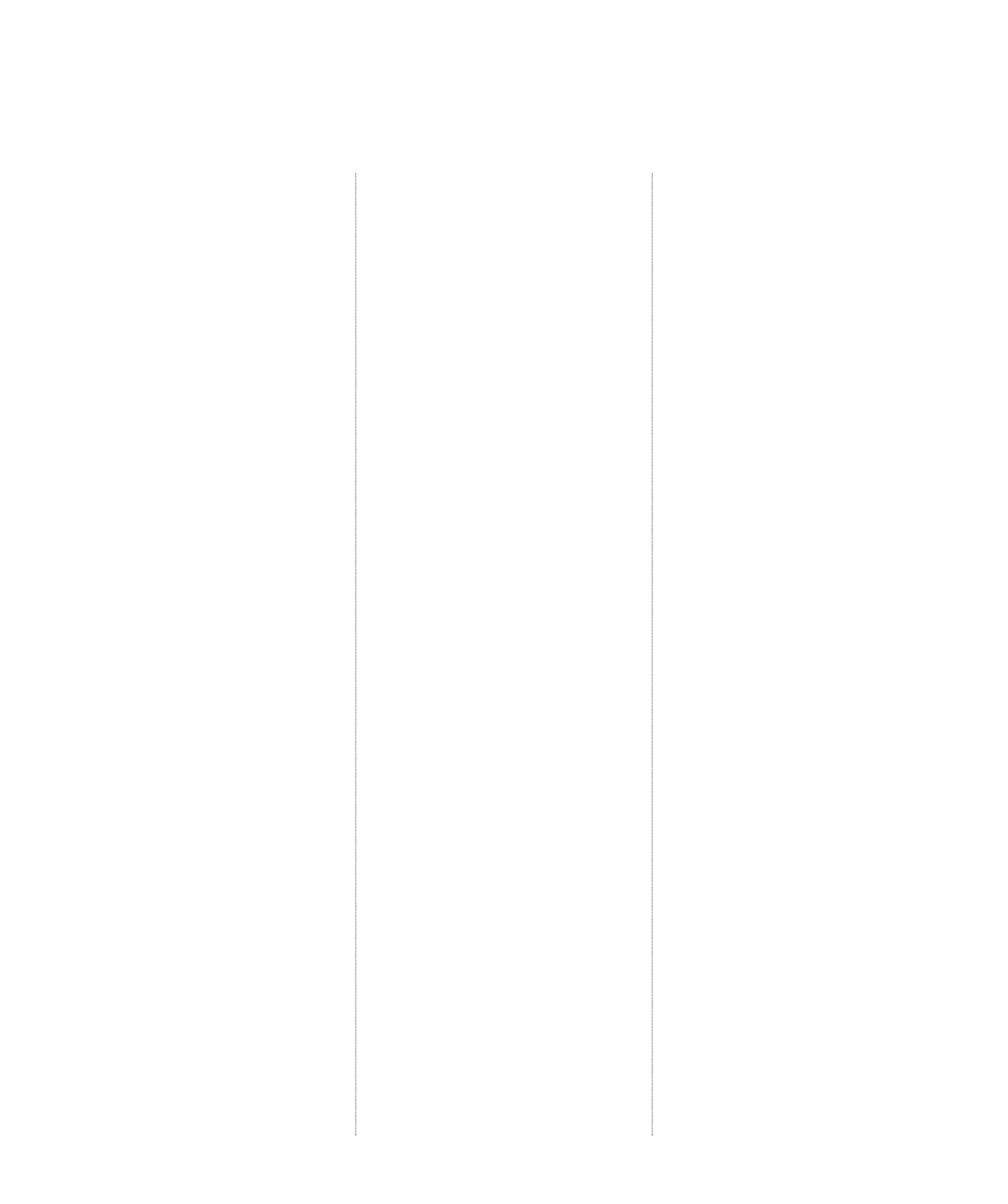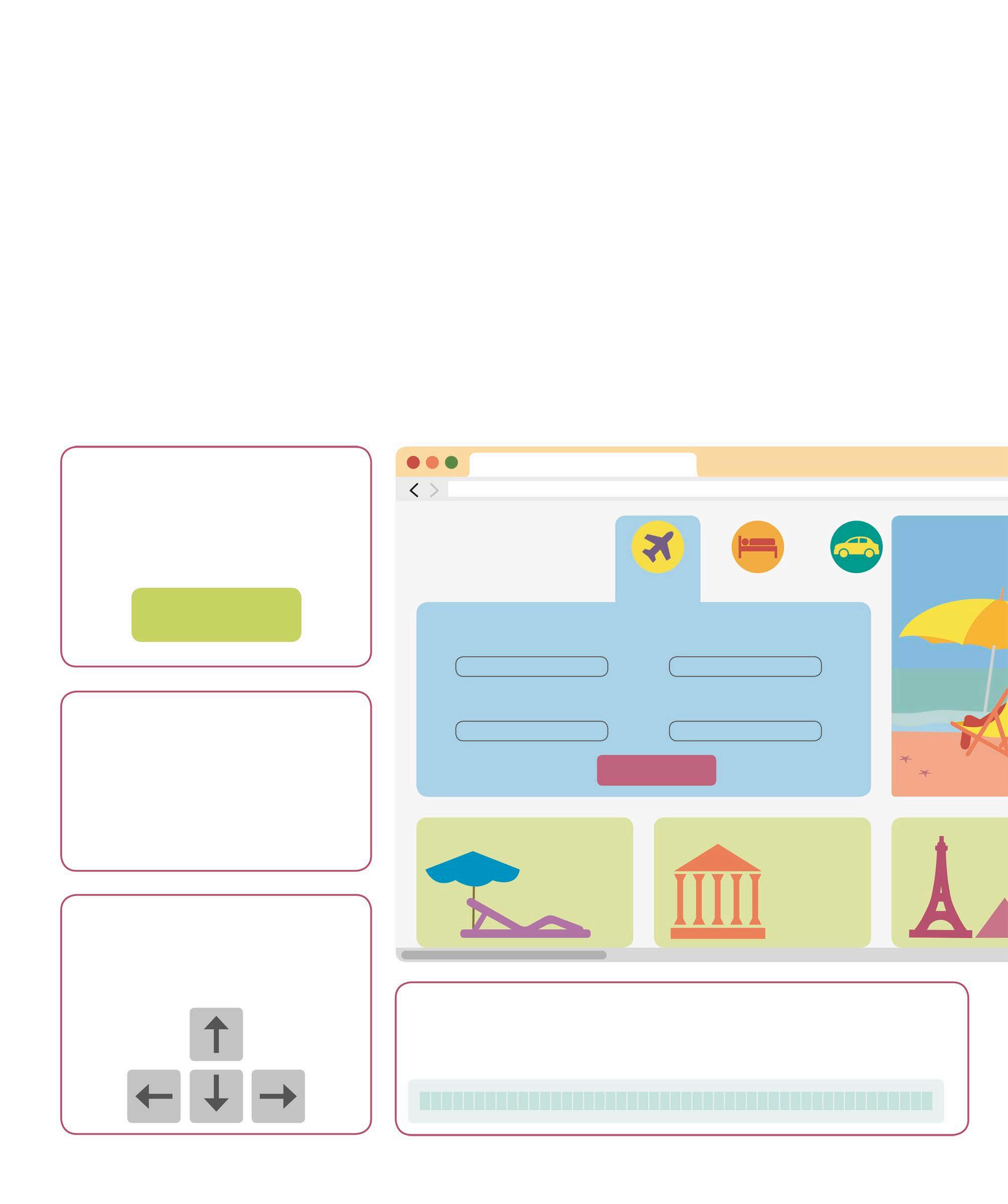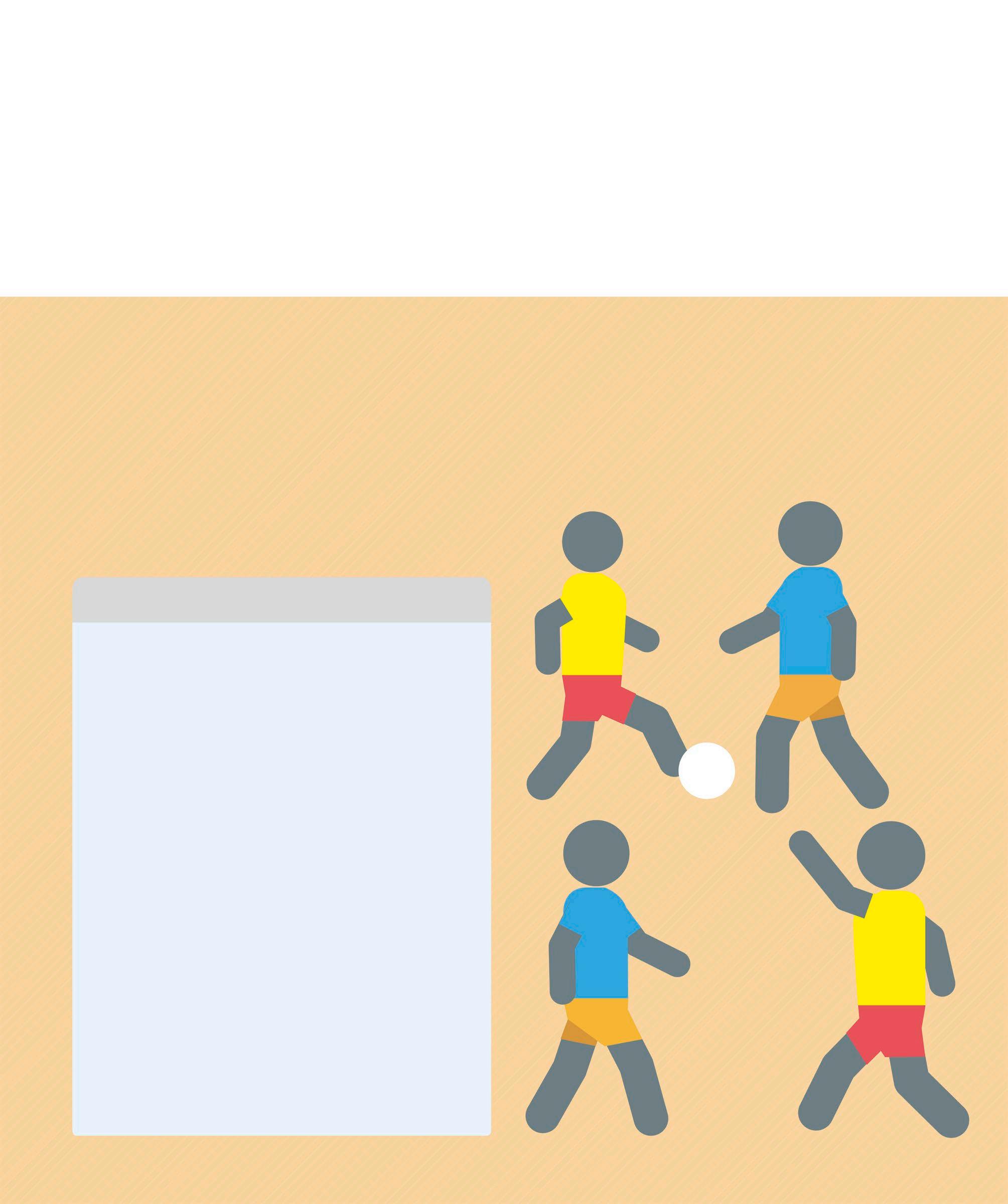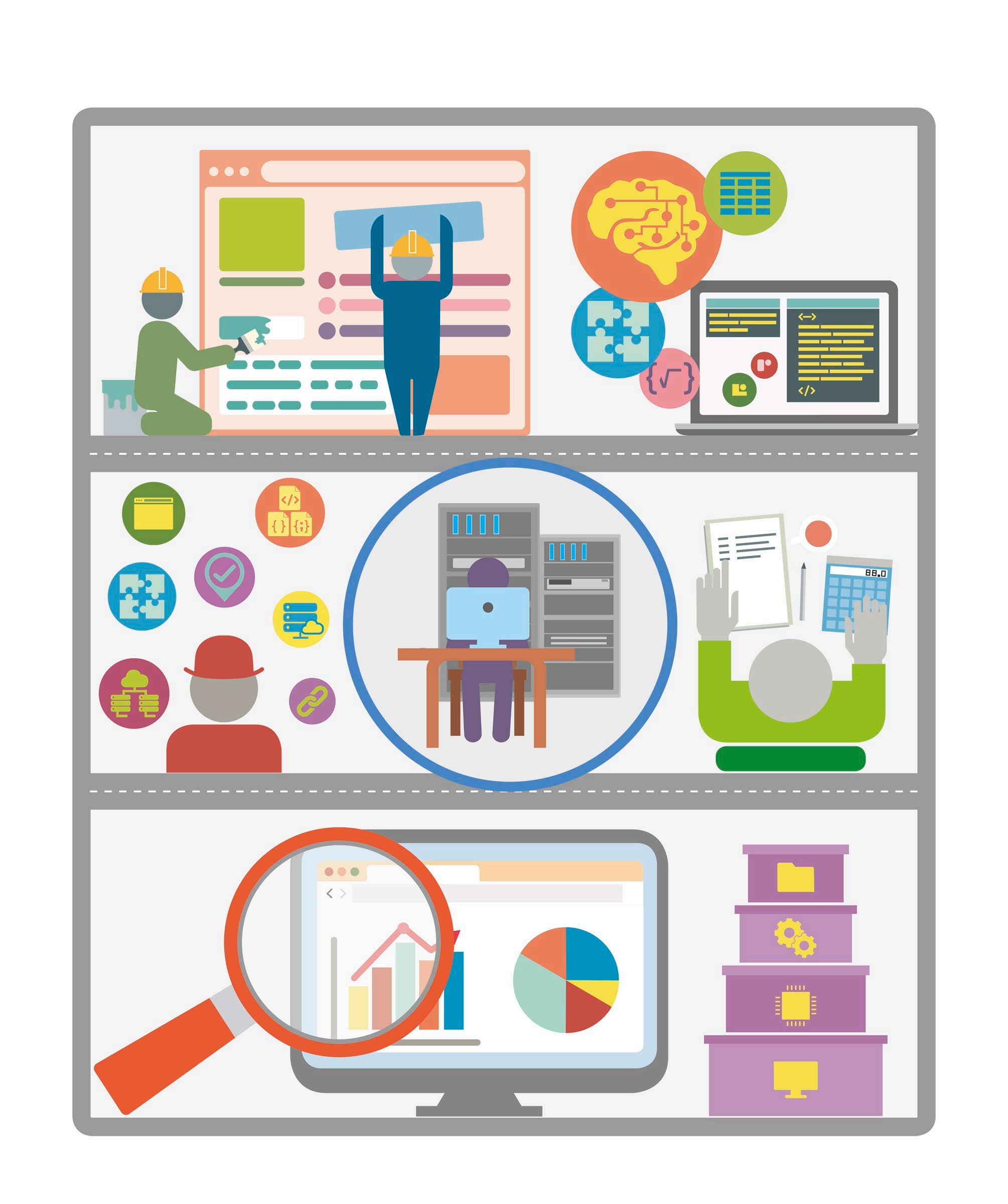What is Python? Python is one of the world’s most popular programming languages. It is extremely versatile, and can be used in many real-world situations. A text-based language, the readability and clear layout of its code makes Python less daunting for beginners. Why use Python? Created by Dutch programmer Guido van Rossum, Python was released in 1991. It was designed as a high-level language that would appeal to programmers familiar with the C language (see p.347) and the Unix operating system. Python lends itself to writing a wide range of programs, and is used by many schools and universities to teach programming.
Features of Python Python is a simple and minimalistic programming language. It has a number of features that make it a popular choice for new as well as experienced programmers.
Extensive libraries One of Python’s greatest strength are its libraries, which contain code for performing specialized tasks. They make building programs easier and quicker.
Portable Python is extremely flexible, and can be run on a variety of different platforms, such as macOS, Windows, and PlayStation.
The syntax (arrangement of words and symbols forming the code) in Python is close to English syntax, which supports its goal of producing readable code. In addition, Python also forces programmers to lay out their code in a structured way. This is a useful skill to develop as it makes it easier for the programmer to debug the code, and also improves readability for other users.
Free and open source An example of a free/libre and open source software (FLOSS), Python can be freely distributed. Its source code can be read and changed, and pieces of its code can also be used in new programs.





